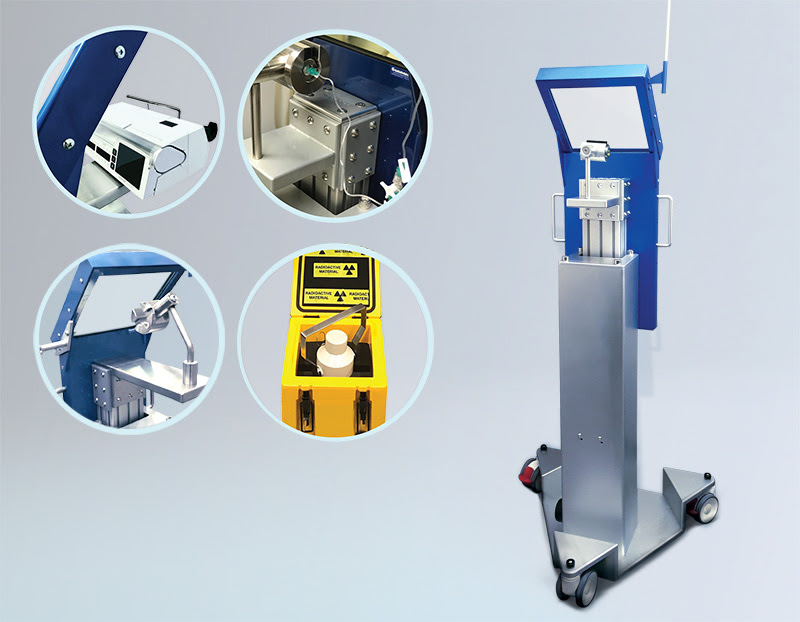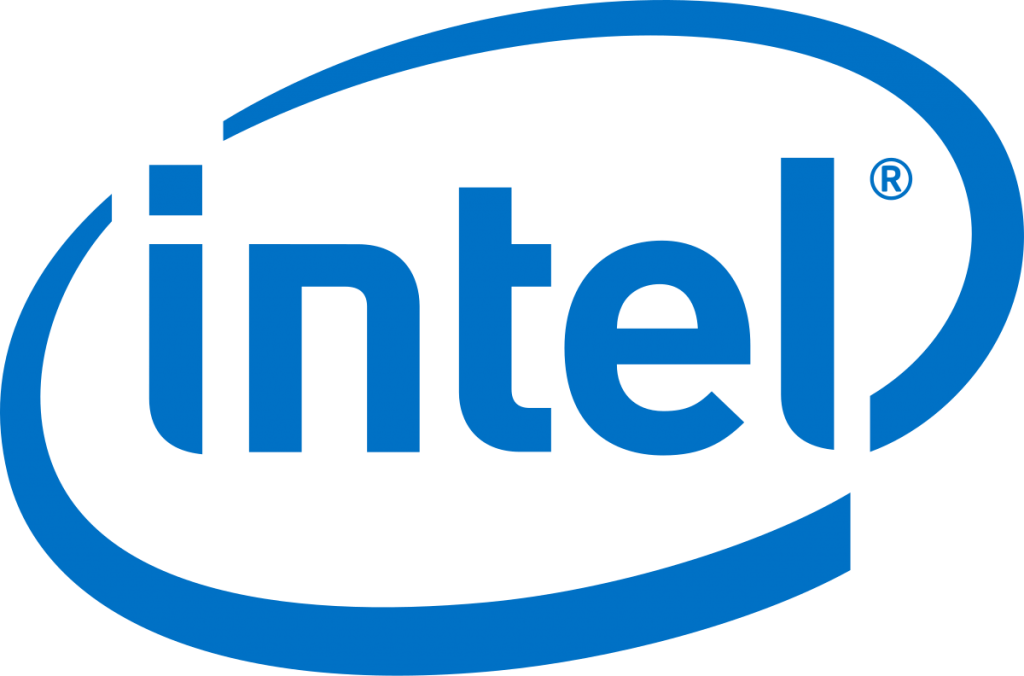LECTURES & PUBLICATIONS
Publications
Depleted Uranium
Article 35 of the Geneva protocols, signed by 150 countries in 1949 and an additional protocol signed from 1977 onwards prohibited the use of weapons that cause and inflict unnecessary injury and suffering. In the recent wars such as Bosnia, Kosovo and the Gulf War, more than 31,000 missiles were launched against enemy lines containing DU and more than 300 tonnes of DU during the Gulf War alone.
DU is a radioactive and toxic element. In humans it can cause lung cancer, damage to the liver and kidney affecting the bone marrow and consequently destroying stem cells that form the white cells resulting in mutations and the long lasting effect of genetic damage.
EnviroRAD
The primary objective of the Enviro-Rad is to delay the discharge of radioactive substances into the water ways through monitoring and controlling dilution, decay and measurement until the substance reaches the activity level permitted by regulatory authorities.
LYMPHOSCINTOGRAPHY AND LYMPHOBIOPSY FOR BREAST CANCER AND MELANOMA: ABSTRACT OF NINE YEARS OF RESEARCH
Surgical Probe Abstract on Lymphobiopsy + Lymphoscintigraphy
Research and Development of the Gamma Radiation Surgical Probe
Utilized for the Surgical Procedure of Lymphobiopsy in Melanoma and Breast Cancer
Research and Development of a Gamma Radiation Surgical Probe
REDUCING TECHNOLOGISTS EXPOSURE TO RADIOACTIVITY USING THE A.L.A.R.A. PRINCIPLE IN NUCLEAR MEDICINE
PET MRI Syriporter- Patient Dose Delivery System
Improvements in nuclear medicine in the last 15 years have seen the widespread introduction of new techniques and imaging capabilities, and consequently, manufacturers from the USA, Europe, Japan and Korea are developing and delivering more sophisticated equipment which further demands new techniques in radiation protection.
Radiation protection is driven by the A.L.A.R.A principle (“As Low As Reasonably Achievable”). To satisfy the rules and regulations imposed by legislators, hospital radiation personnel have to be monitored continuously to adhere to these standards.
Automated infusion systems for PET were introduced as an attempt to minimise radiation exposure to personnel operating in PET facilities and nuclear medicine departments. We refer to these devices as a “mini hot lab on wheels” including a basic isotope dose calibrator, infusion pump, syringe pump, PC & microprocessing power with a multi-dispensing capability being the basic description of an automatic system (but with some limitations).
Automatic infusion systems are normally loaded in the nuclear medicine department with a multi-dose vial of [F-18]-FDG containing the radioisotope produced at the cyclotron facility. These systems have been designed to deliver only (F-18 = 511 keV), introducing a limitation and inconvenience to the nuclear medicine department in regards to dispensing and administering other isotopes.
Other radioisotopes such as Tc-99m, Ga-67, Ga-68 and Lu-177 still need to be injected manually by the technologist, in a way deviating from the purpose of minimising the radiation dose to the operator and totally disregarding the ALARA principle.
What is permitted today in terms of allowed radiation doses to personnel was totally overlooked 40 years ago and may well be totally different again in another 40 years from today. Therefore, we should strive to take all efforts possible to minimise the radiation exposure to the operators, and not just adhere to the contemporary guidelines.
In conclusion, an automatic injection infusion system only partially addresses the radiation exposure to personnel. It also totally fails to protect the operator after the radiopharmaceutical has been administered to the patient as it has no shielding for the operator included in the design.
Proceeding to deliver the isotope to the patient – the technologist delivers the radioactive dose according to the program of the automated infusion system;
They leave the room to allow this to be conducted automatically (approx. 1 min);
They then return to the room to disconnect the infusion system from the patient. In doing so, the technologist will be exposed to the highest levels of radiation in diagnostic nuclear medicine practice (immediately after injection of a PET radiopharmaceutical) multiple times every day. As radiation protection is not included or provided for with the infusion system, the technologist receives a radiation dose for any procedure such as removing the cannula from the patient, check the patient’s wellbeing, or responding to their call for attention;
As the patient has typically been injected with the radioisotope [F-18]-FDG with an energy level of 511 keV which has a half-life of 110 mins;
The automatic system does not offer any protection to the operator. After the injection, we must consider that the patient is now a very highly radioactive and mobile source emanating radiation!
We see in the literature supplied by the manufacturer the automatic system, with patient and personnel having a discussion including physical contact, giving the impression that the unit is safe and radiation exposure after delivery is not a concern.
Automatic infusion systems are expensive to acquire and maintain. When they break down or malfunction, the medical facility is dependent on the manufacturer for service. They are also not cost-effective for smaller PET practices. However, the staff in these practices still need to be afforded the optimal solution for minimising radiation exposure. The world market for automated systems is estimated to be approx. 300 units per year, with an increase of 15-20% increase p.a.
As the systems are capable of only being loaded with a single multi-dose vial, they are limited to only one radiopharmaceutical. For some PET facilities that only use FDG, this may not be a problem, but the current trend is towards offering a wider array of PET radiopharmaceuticals to answer a greater range of clinical questions. In this scenario, the automated system is a “one trick pony”.
Intel & The Pentagon
Currently there is a global component shortage, we are sharing this short clip about a new deal between Intel & the Pentagon to bolster domestic chip manufacturing in the US. As an Australian organization investing in R&D to bring new technology to Australia and the world, we are following this one with interest…
The world’s top semiconductor maker has been tapped by the U.S. Department of Defense to help develop next-generation electronic components for both commercial and national security purposes.
Intel announced that it was named to lead the first phase of the Pentagon’s Rapid Assured Microelectronics Prototypes-Commercial, or RAMP-C, program, which aims to establish a domestic manufacturing ecosystem for vital electronics.
Under the award, the Silicon Valley chip giant will work with IBM, Cadence, Synopsys, and other companies on the capabilities needed to develop and fabricate chips using Intel’s most advanced process technology.
The RAMP program, launched in late 2020, follows years of concerns about global chip production shifting from Western nations to contract manufacturers in Asia. The latest announcement, however, also comes amid a highly publicized shortage of semiconductors that has particularly hammered the auto industry. The White House is seeking more than $2 billion in Pentagon funding to bolster the U.S. microelectronics sector, and the Wall Street Journal reported that Intel discussed its efforts with administration officials last month.
Intel formed a standalone chip foundry subsidiary earlier this year amid plans to invest $20 billion in two new semiconductor factories in Arizona.
The company reportedly hopes to begin planning and construction on those facilities before the end of the year.
CNBC’s Josh Lipton reports on headlines that Intel plans to spend $20 billion to build two new chip plants in Arizona and to make other steps to boost domestic chip manufacturing
Credit: (Szal, 2021)
Bibliography
Szal, A., 2021. Thomas Net. [Online]
Available at: https://www.thomasnet.com/insights/intel-to-bolster-domestic-chip-manufacturing-with-pentagon-deal/?ecms_id=8a1411f9-12ab-4b01-8057-a44f7c59934d&ecms_short=ART5743&doc_type=ted_video_article&parent_id=c3757a3c-a56c-4bfe-bb65-cae47bb78e68&utm_content=featu
[Accessed 4th October 2021].
The Original Gammaprobe – Published by Australia/New Zealand Society of Nuclear Medicine, Septmeber 1998
Today the Gammaprobe is manufactured around the world by many different organisations, but have you ever wondered where the GammaProbe originated?
Dr. Ferradas paper details how Globalsonics revolutionized the lymphobiopsy technique in breast cancer.
General Consideration
Hyperthyroidism is the most common endocrinopathy of domestic cats. It is usually the result of thyroid adenoma(s) or multiple hyperplasic nodules which may unilateral or bilateral. Not all nodules are palpable. Functional thyroid tissue may elaborate increased amounts of thyroxine (T4) and T3, producing clinical signs including (i) a loud and fast heart, (ii) a prominent precordial impulse, (iii) a strong pulse and (iv) weight loss and good appetite. Heat tolerance, behavioural changes and polydipsia/polyuria can also be evident. Left untreated, hyperthyroidism damages a variety of end organs, particularly the heart and kidneys. The resulting catabolic state likely foreshortens life expectancy.
Read more on Management of Hyperthyroidism and Hyperparathyroidism …
Objectives
This study sought to evaluate how Australian veterinarians approach management and monitoring of feline hyperthyroidism and compare these results with a similar survey recently performed in the UK.
Methods
An invitation to complete an online survey was sent to veterinarians in all states and territories of Australia. The survey comprised questions relating to management of hyperthyroidism, use of antithyroid drugs vs radioiodine treatment vs surgical thyroidectomy, in addition to demographic information for respondents.
Results
A total of 546 clinicians completed the survey. The most commonly preferred treatments for long-term management of feline hyperthyroidism were antithyroid medications (305/546; 56%) and radioiodine (210/546; 38%), with substantially more respondents selecting radioiodine when cost was removed as a consideration (425/546; 78%). However, most respondents had treated or referred few cases for radioiodine (median 2). Most veterinarians (500/546; 92%) used antithyroid medications either long term or prior to definitive treatment of hyperthyroidism. For medical management, 45% (244/546) of veterinarians used twice-daily carbimazole. Half of respondents (274/546) aimed to maintain the total thyroxine concentration anywhere within the laboratory reference interval in hyperthyroid cats without chronic kidney disease. Blood pressure monitoring was uncommon. Surgical thyroidectomy was rarely performed.
Conclusions and relevance
Radioiodine was more frequently preferred by Australian veterinarians compared wit those in the UK, likely associated with greater availability, reduced cost and shorter hospitalisation times in this jurisdiction, although antithyroid medications were the most frequently used treatment modality. Barriers remain to its utilisation, however, including perceived cost, misconceptions with regard to expected success rate and accessibility. Recent changes to recommendations on the management and monitoring of hyperthyroid cats do not appear to have been widely adopted by veterinarians at this time.
Read More on Lucy Kopecny Management and Monitoring of Hyperthyroid Cats
Lectures
PowerPoint Includes but is not limited to:
- What is radiation?
- Radiation Dose
- Effects of Radiation
- Radiation in Medicine
- Radiation Protection


